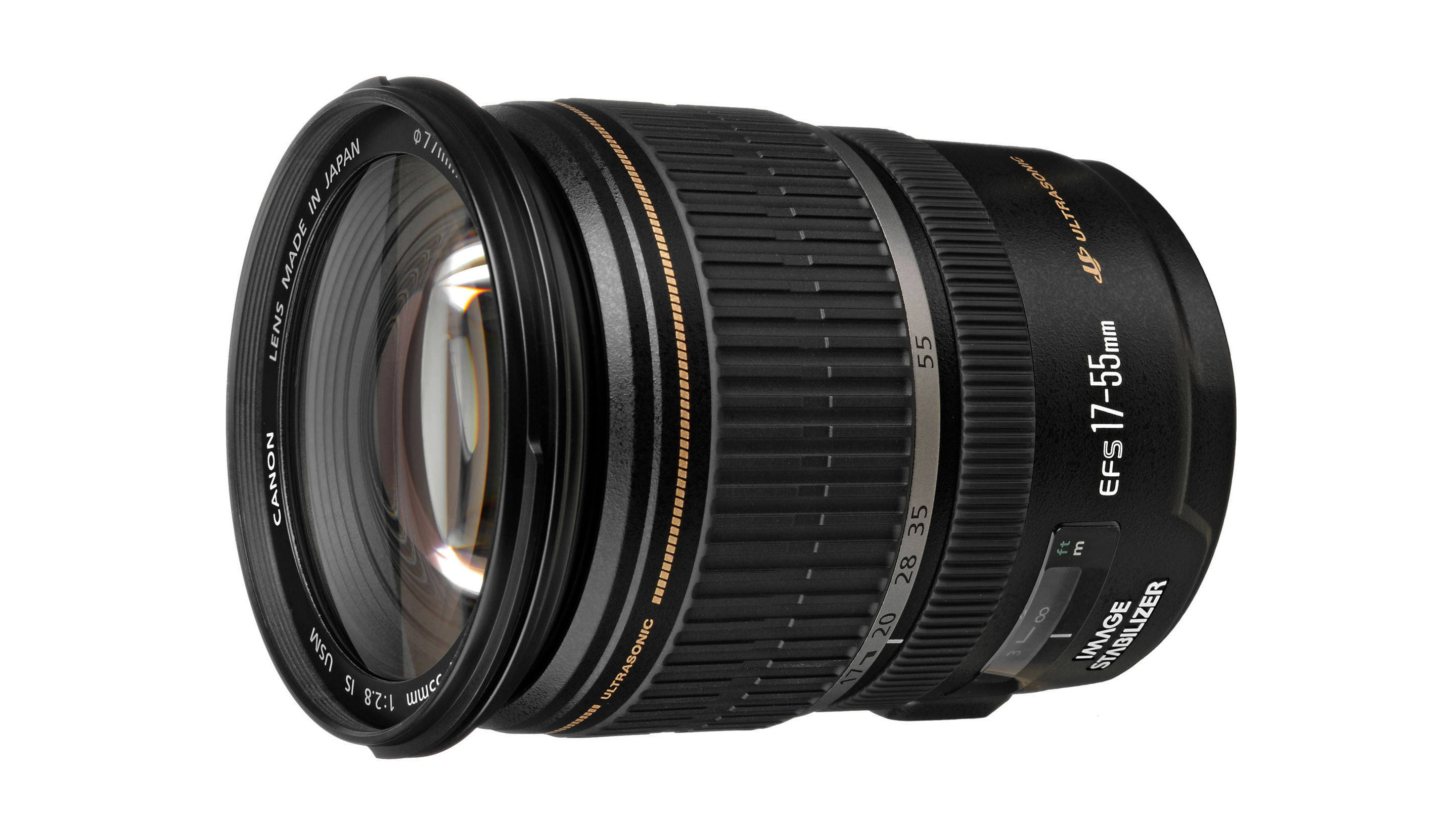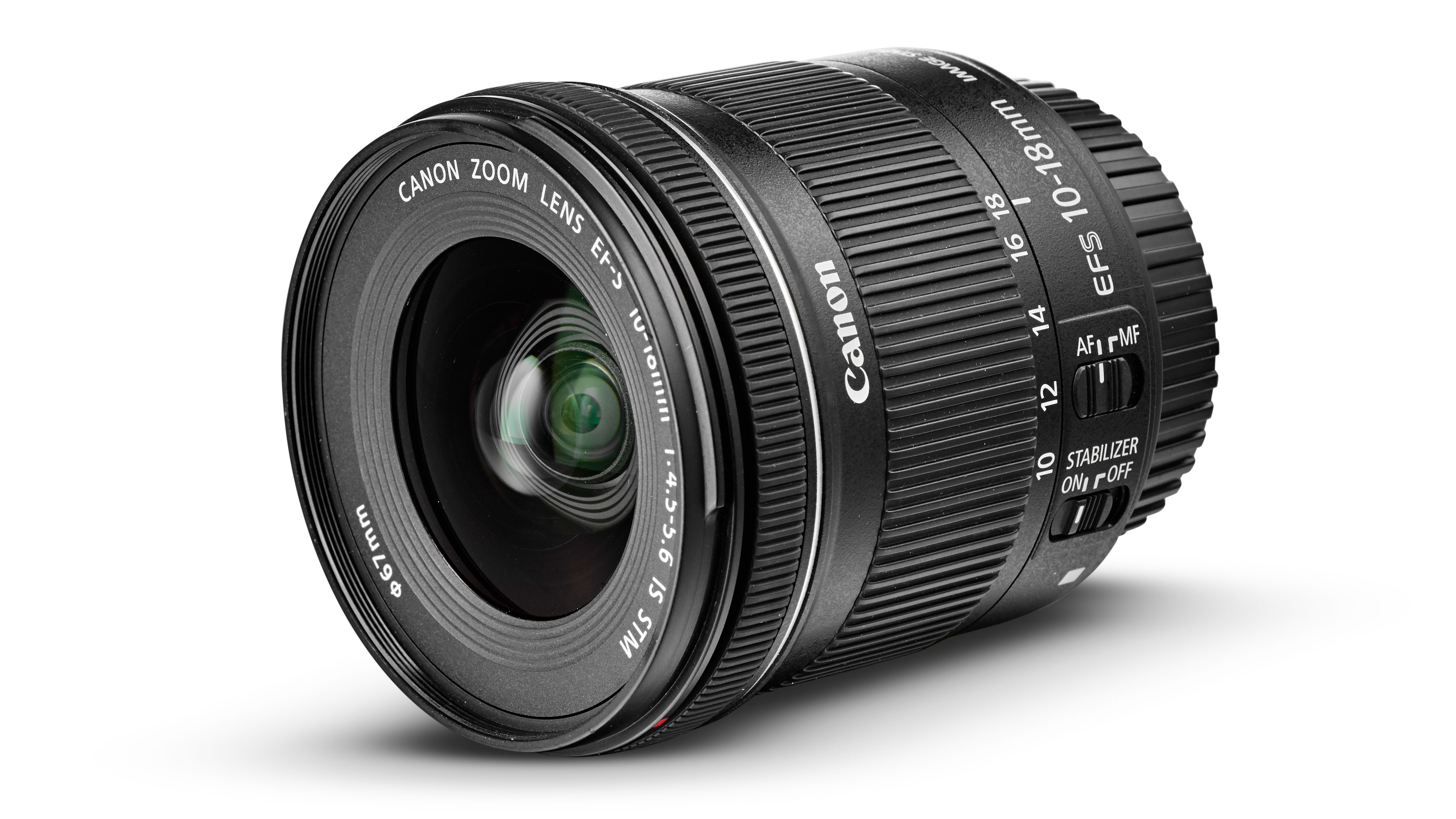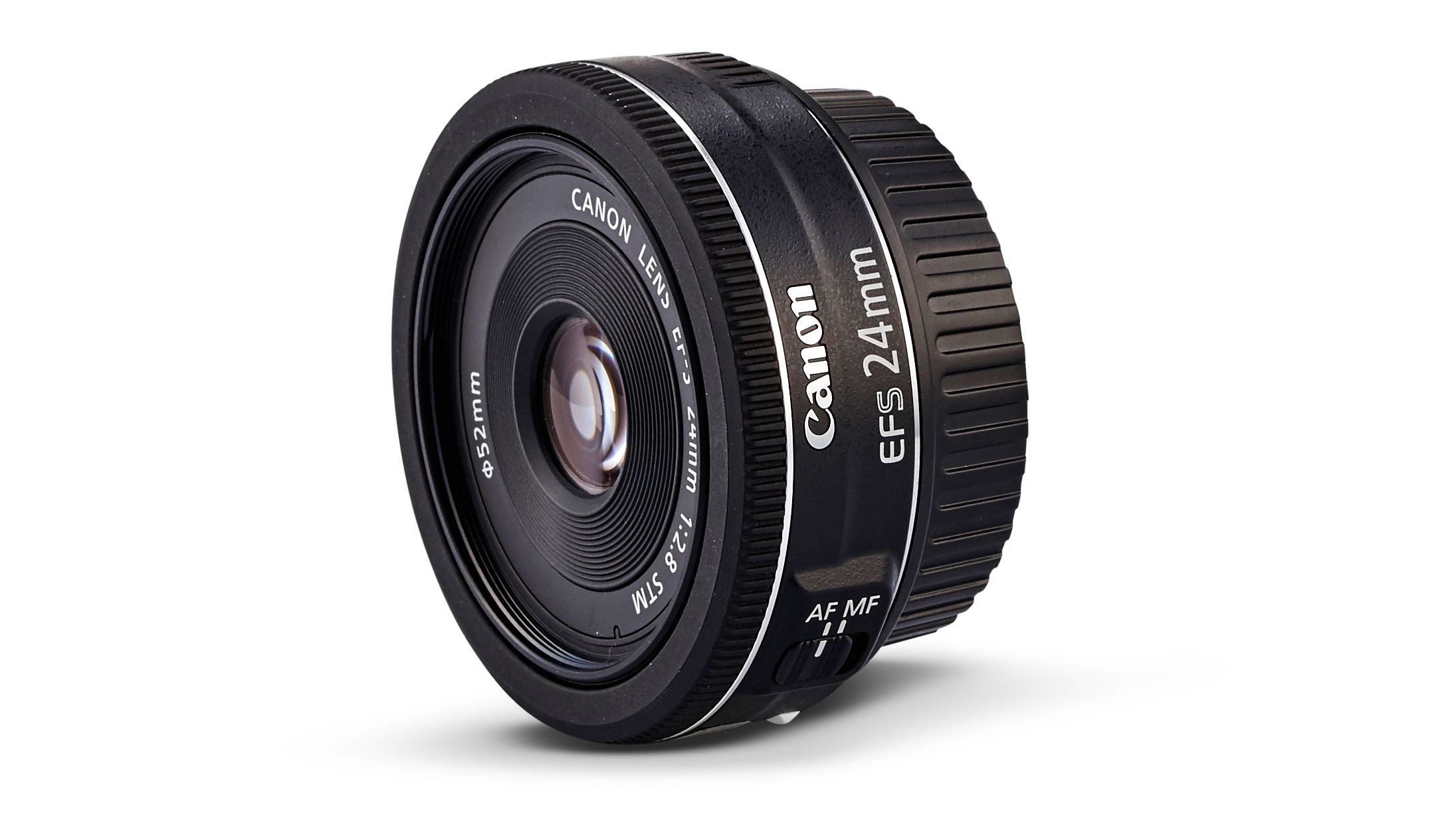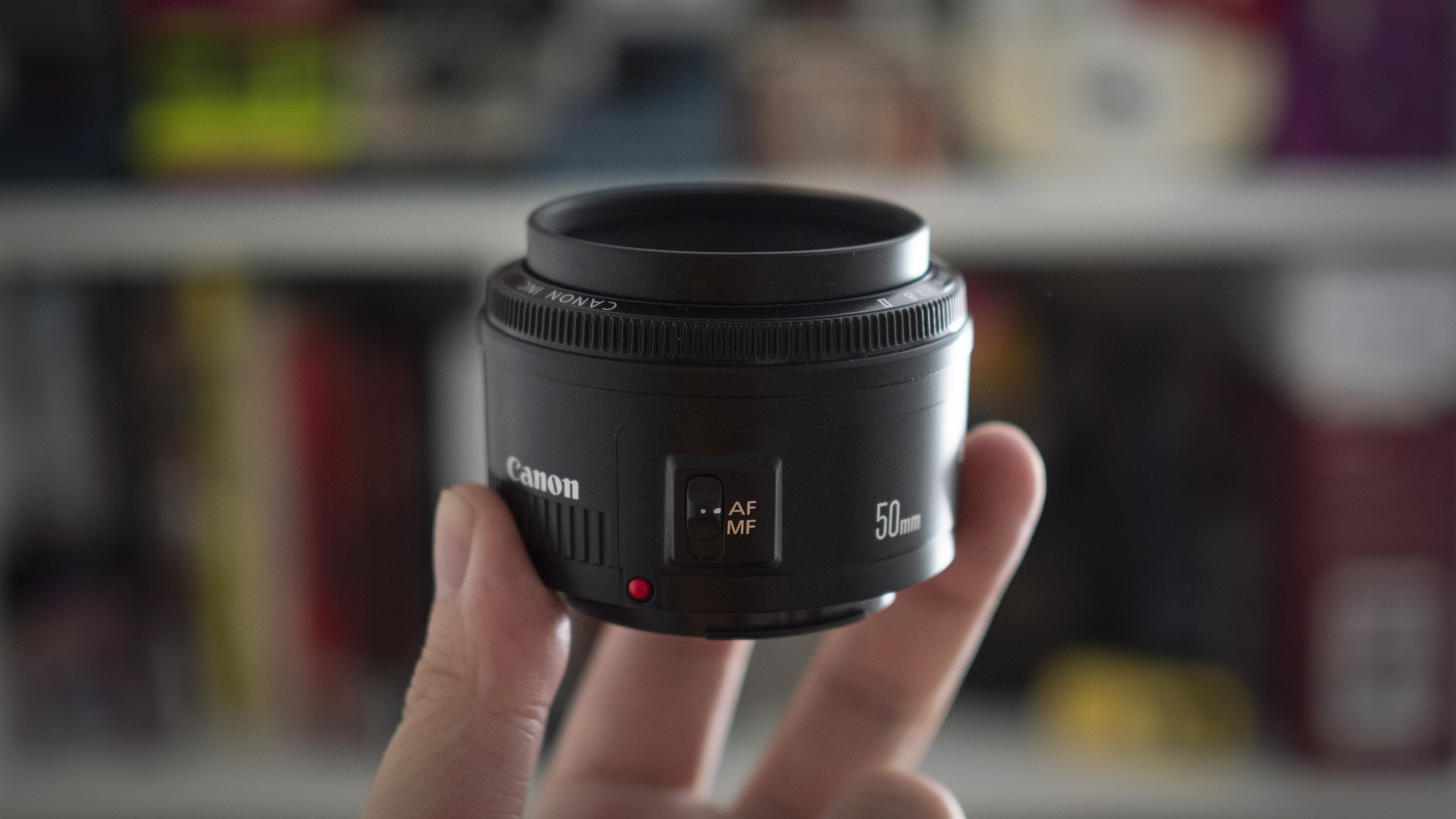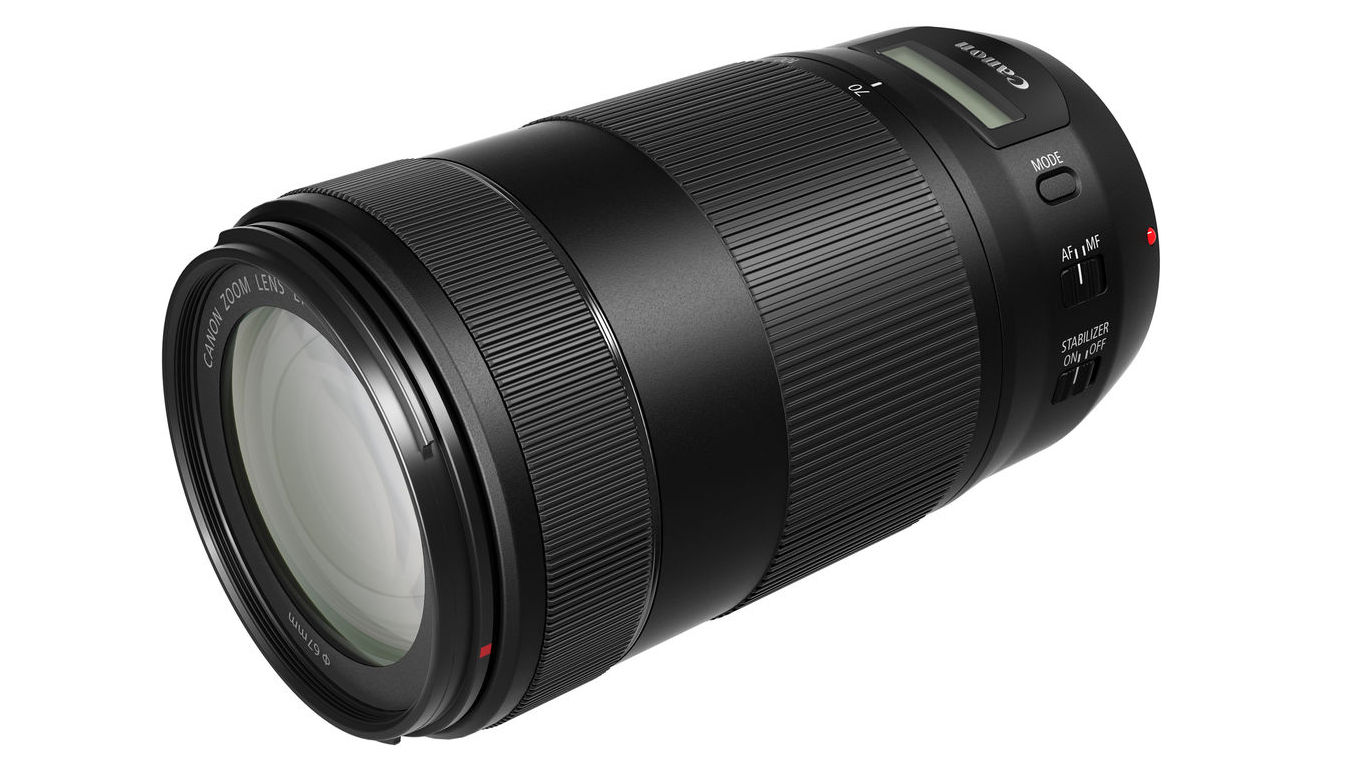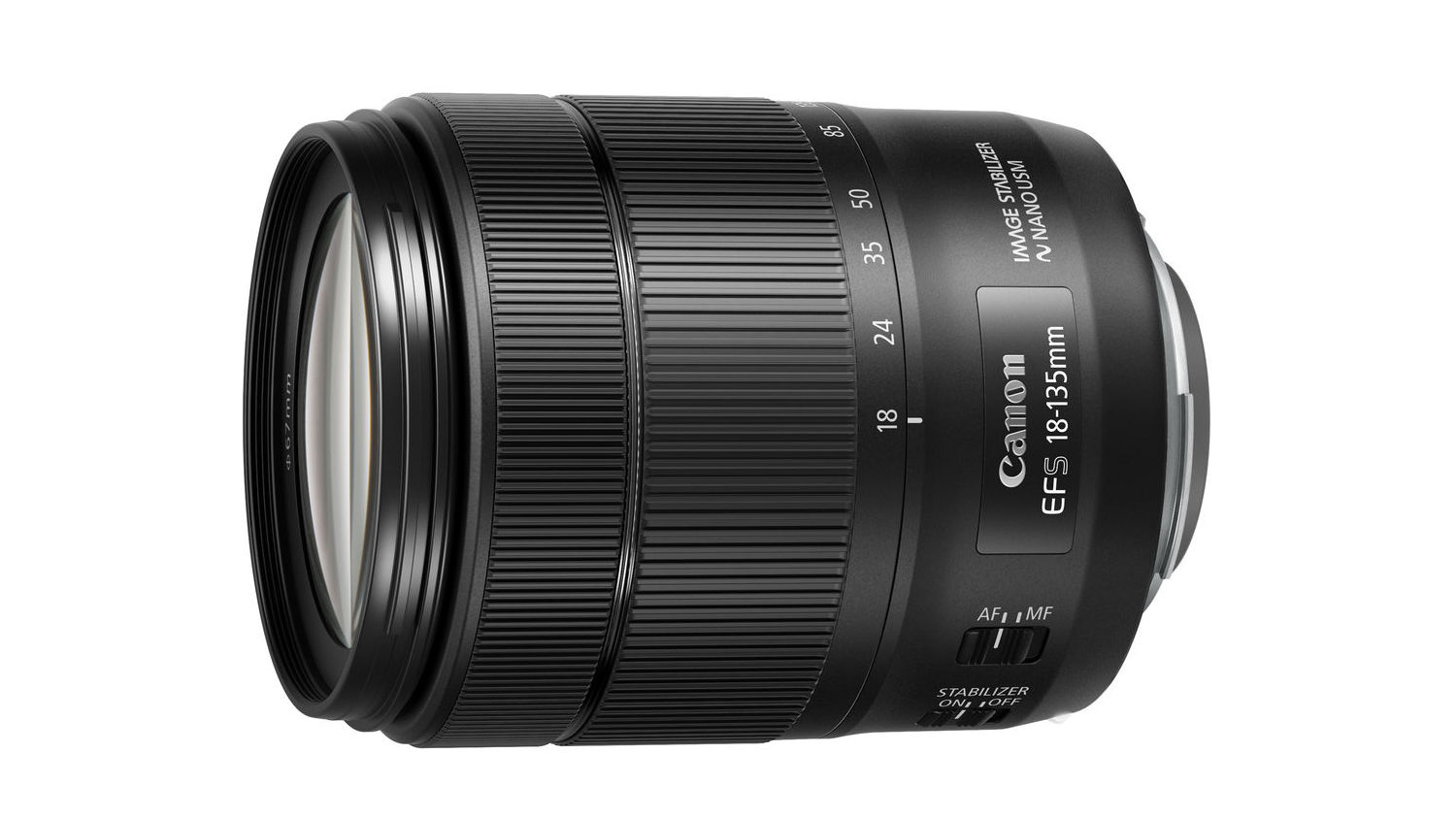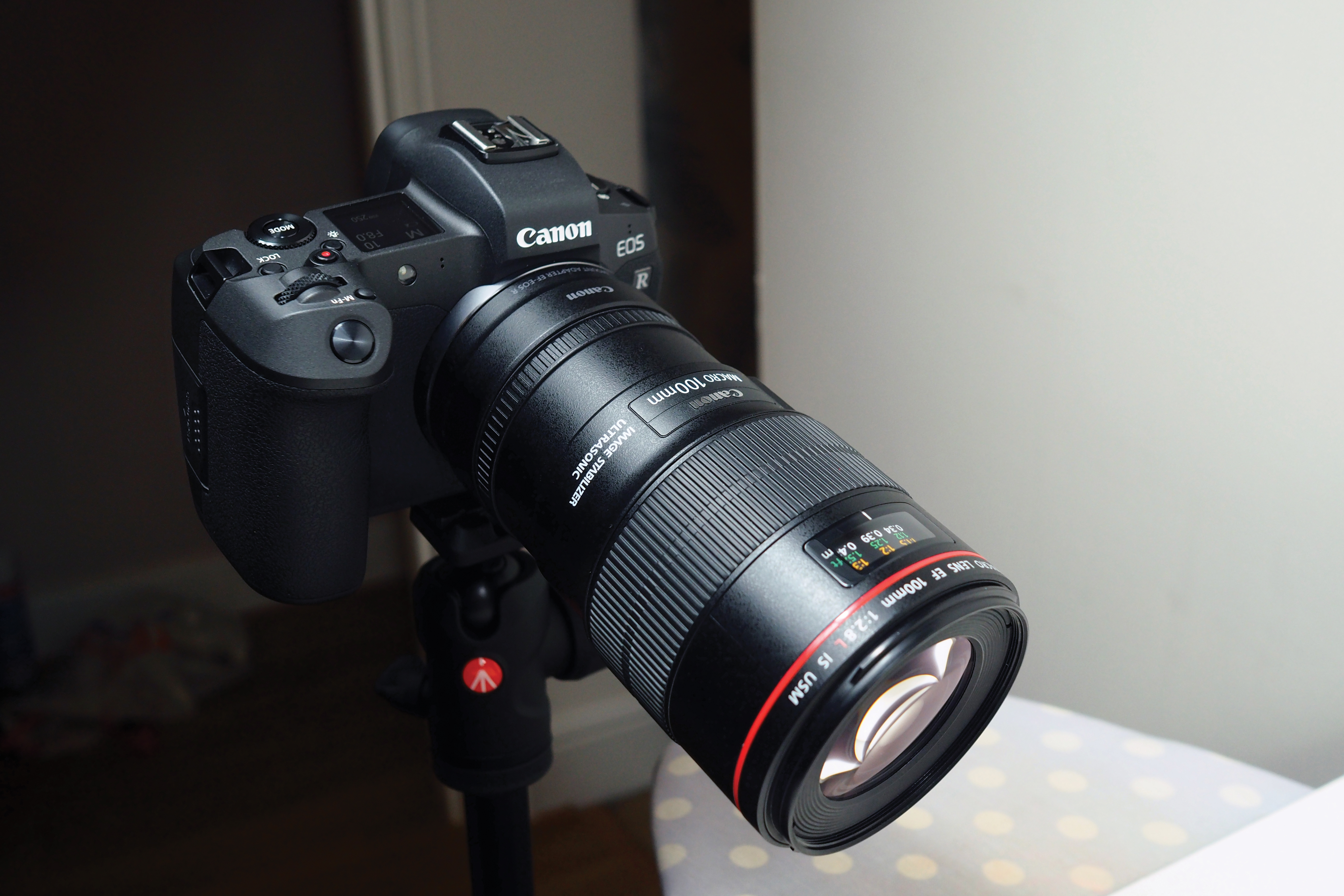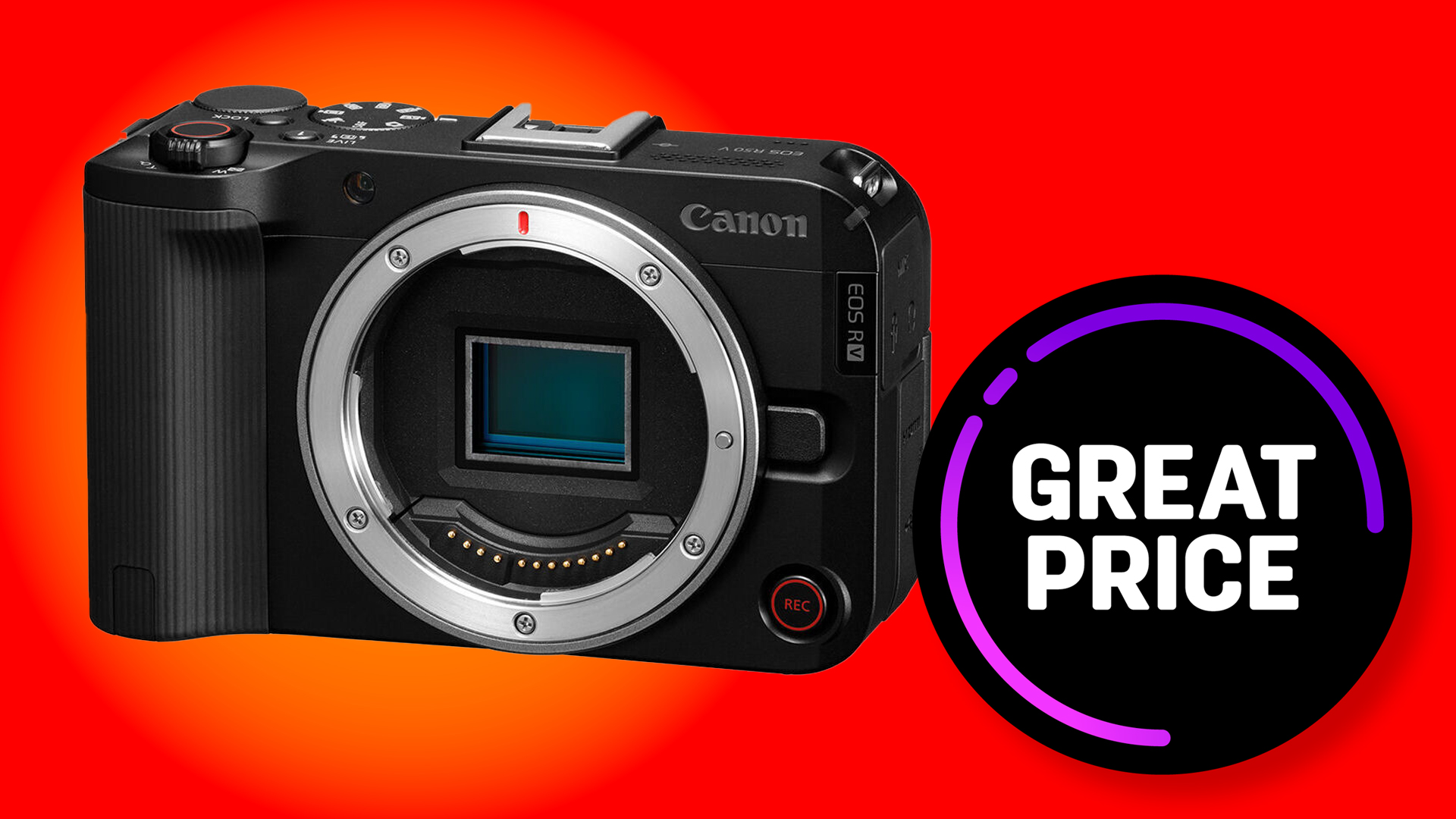The best lenses for the Canon EOS 90D and EOS 80D: there's still life in these classic Canon DSLRs, with the right glass
My pick of the best lenses for the Canon EOS 90D and 80D DSLRs
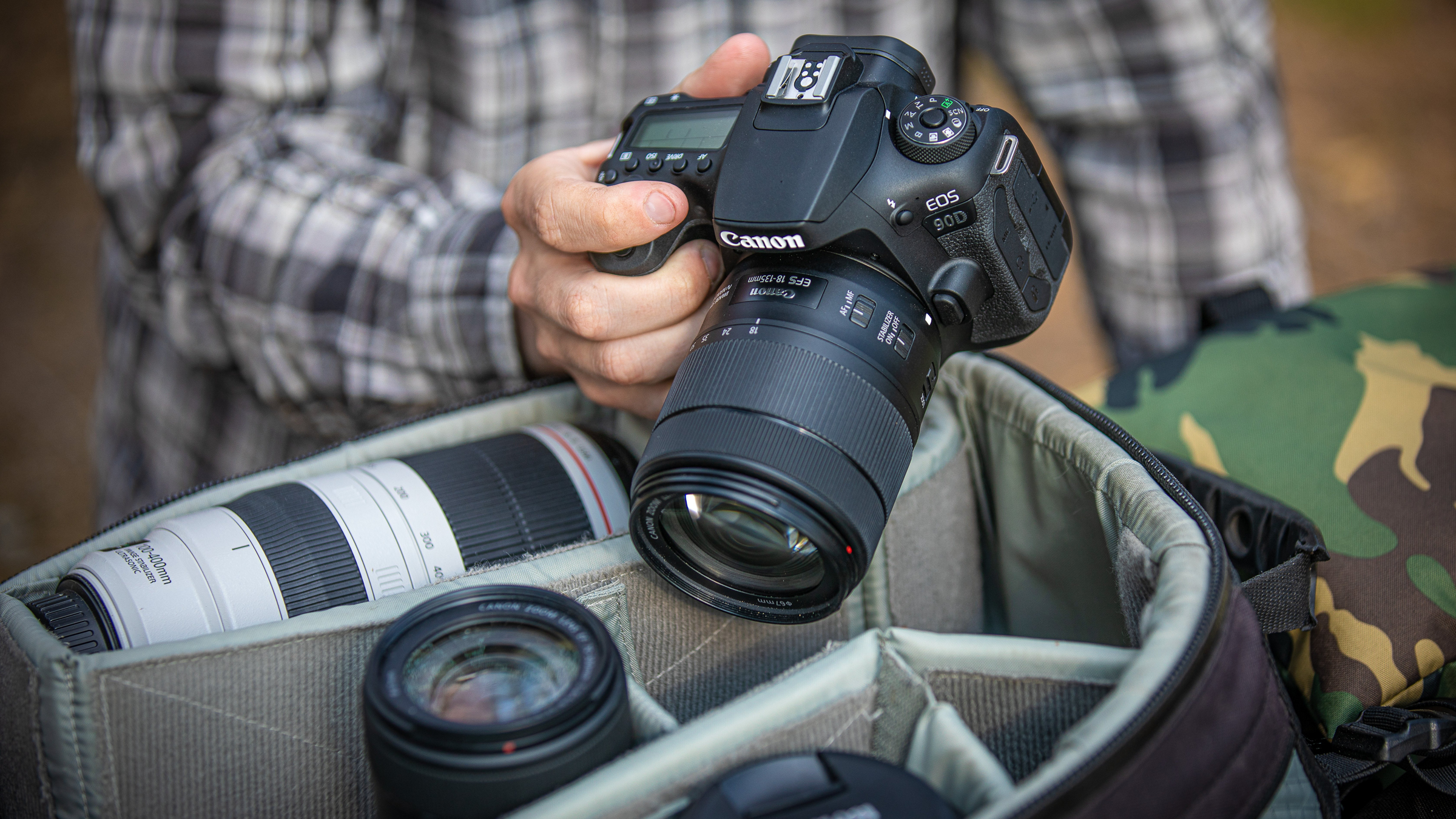
I feel spoilt for choice with all the latest and greatest mirrorless cameras on the market, but sometimes I still hanker after a classic DSLR like the Canon EOS 90D. In this guide, I'll be picking out my top choices of the many lenses you can buy to make the most of this camera. Although chosen for the 90D, these lenses will also likely be the best lenses for the Canon EOS 80D, and many other Canon APS-C format DSLRs.
A feature-packed enthusiast camera, the Canon EOS 90D is a DSLR in a mirrorless world. It’s small, nimble, and shoots 32MP stills with uncropped 4K UHD video. As a powerful piece of recently released kit, it’s worth investing in some decent lenses to accompany such a unique camera.
As this is an APS-C sensor camera, almost all of my top picks are EF-S lenses because they’re specifically designed to work with crop-sensor Canons. That means the image circle and distance from the rear of the lens to the image sensor is aligned perfectly. However, EF lenses do work on crop-sensors too, and there’s a few in this roundup you should be sure not to miss.
From versatile ultra-wides to stabilized telephoto zooms that help reach into a scene and pluck out far-away subjects there’s something for everyone here at a range of price points. So do yourself a favor and check out some of the best lenses for the Canon EOS 90D below to bag some glass that’ll last you a lifetime.

Jase Parnell-Brookes is an award-winning photographer, educator and writer based in the UK. They won the Gold Prize award in the Nikon Photo Contest 2018/19 and was named Digital Photographer of the Year in 2014. After completing their Masters, Jase has spent a good chunk of two decades studying and working in photography and optics. Now the Channel Editor for Cameras and Skywatching at Space.com, their speciality is in low-light optics and camera systems.
The Quick List
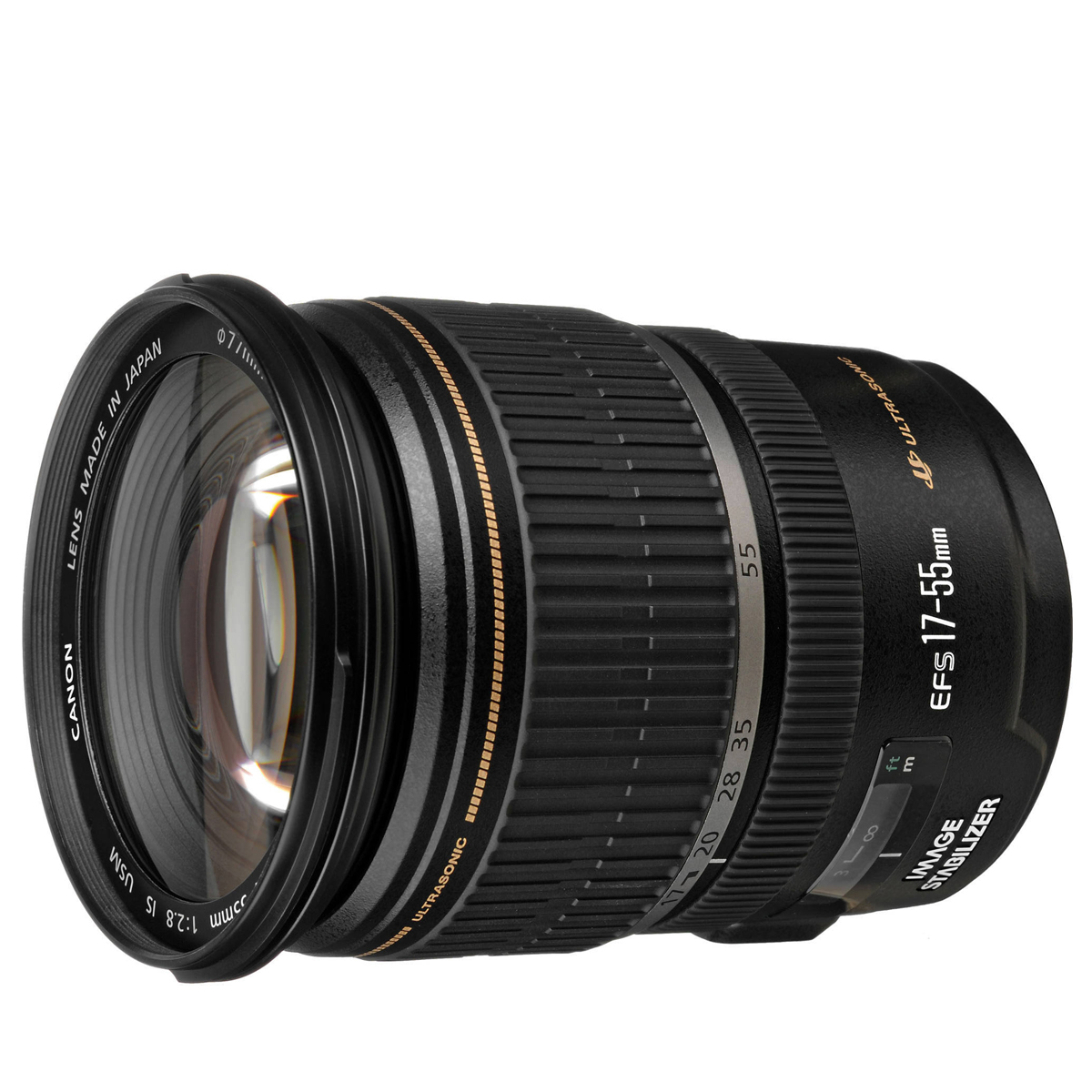
A significant step up from your kit lens, I find that the wide aperture of this zoom can enhance all of my daily photos. Read more below…
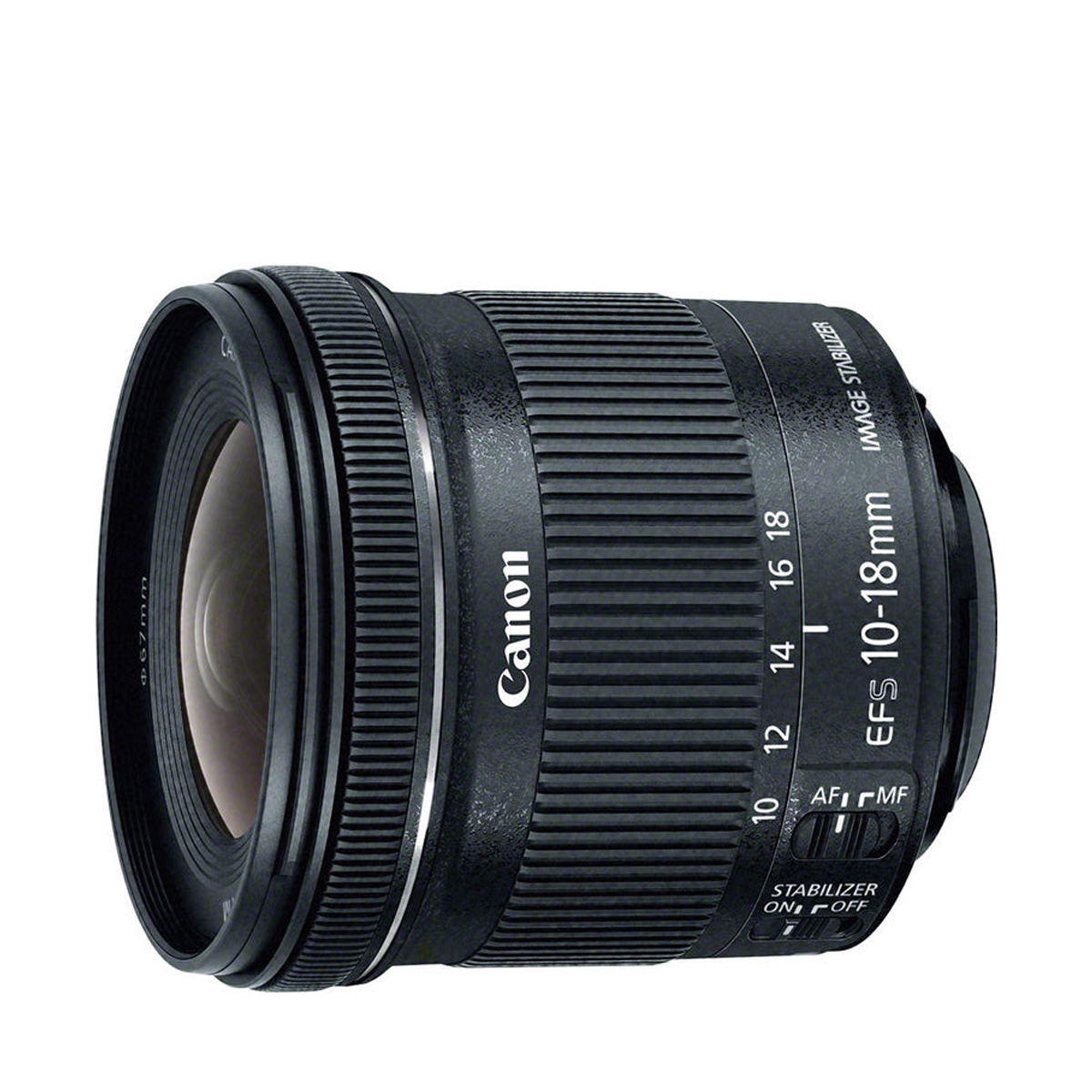
I feel this zoom has a great field of view for landscapes and interiors, plus image stabilization to keep my images sharp. Read more below…
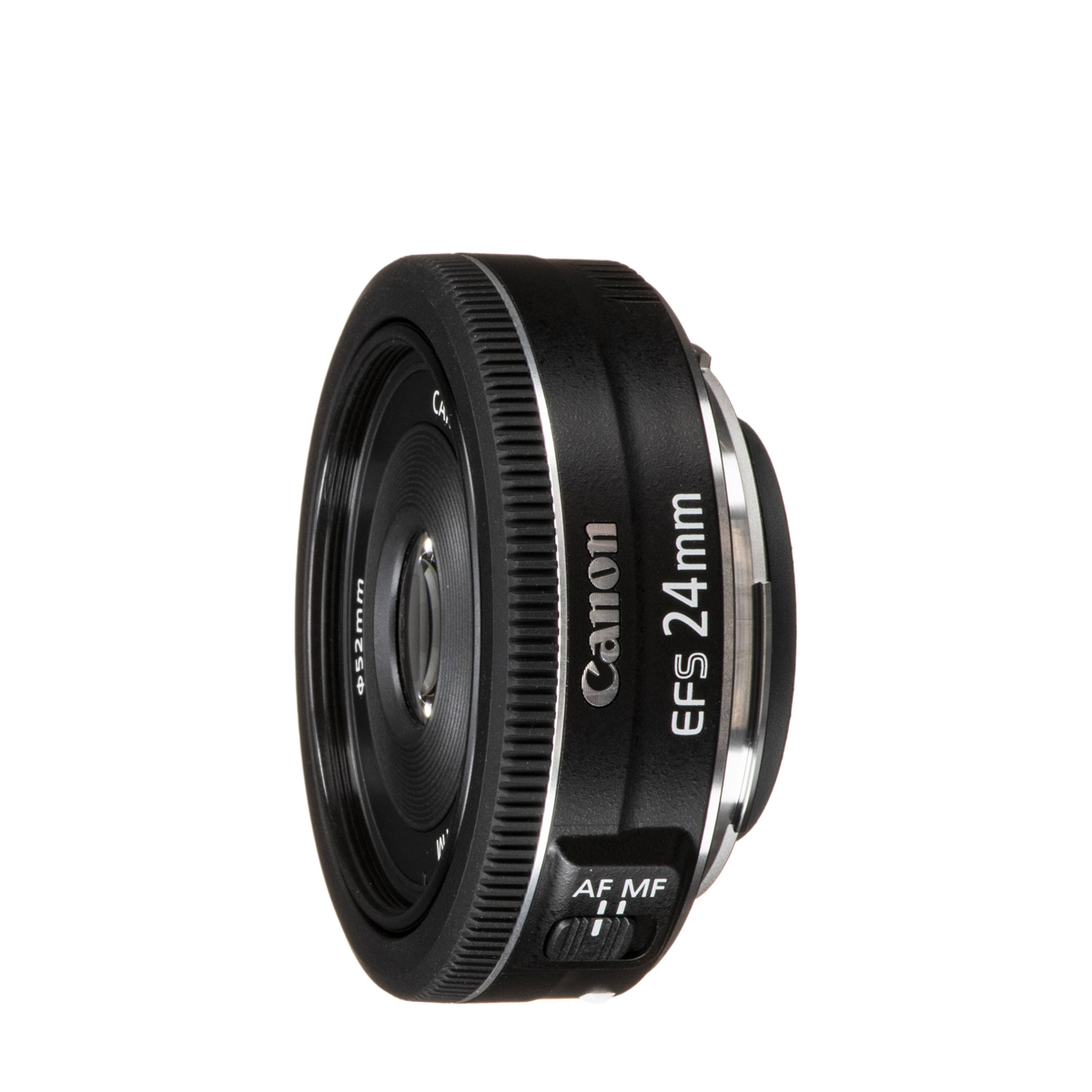
You won’t believe how small this lens is – it’s ideal for spontaneous shooting, with a wide aperture to handle low light. Read more below…
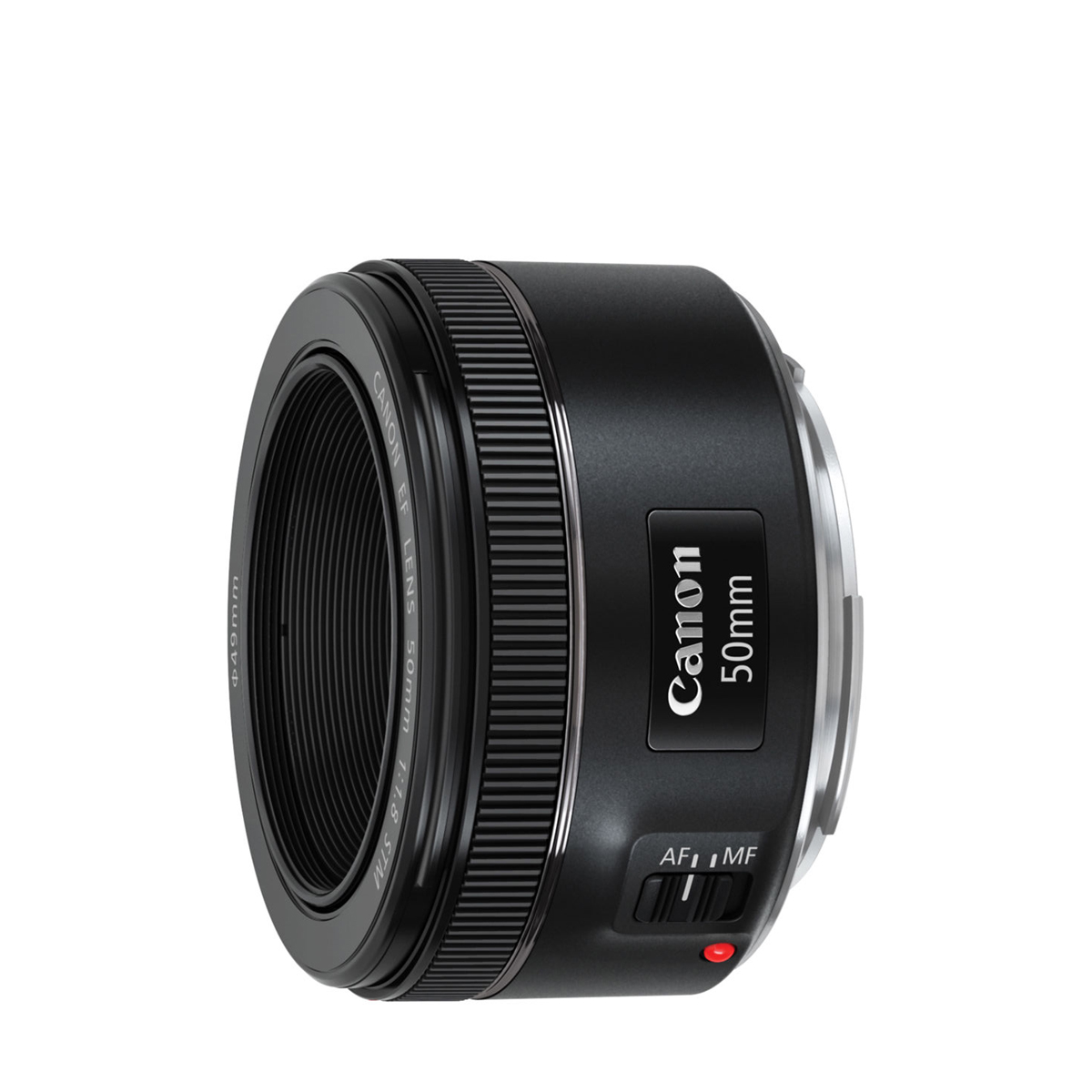
One of Canon’s all-time classic lenses, I love this prime for portraiture with the 90D and 80D, and it's great value. Read more below…

On the 90D and 80D, this zoom reaches the equivalent of 480mm, with image stabilization to keep me steady. Read more below…
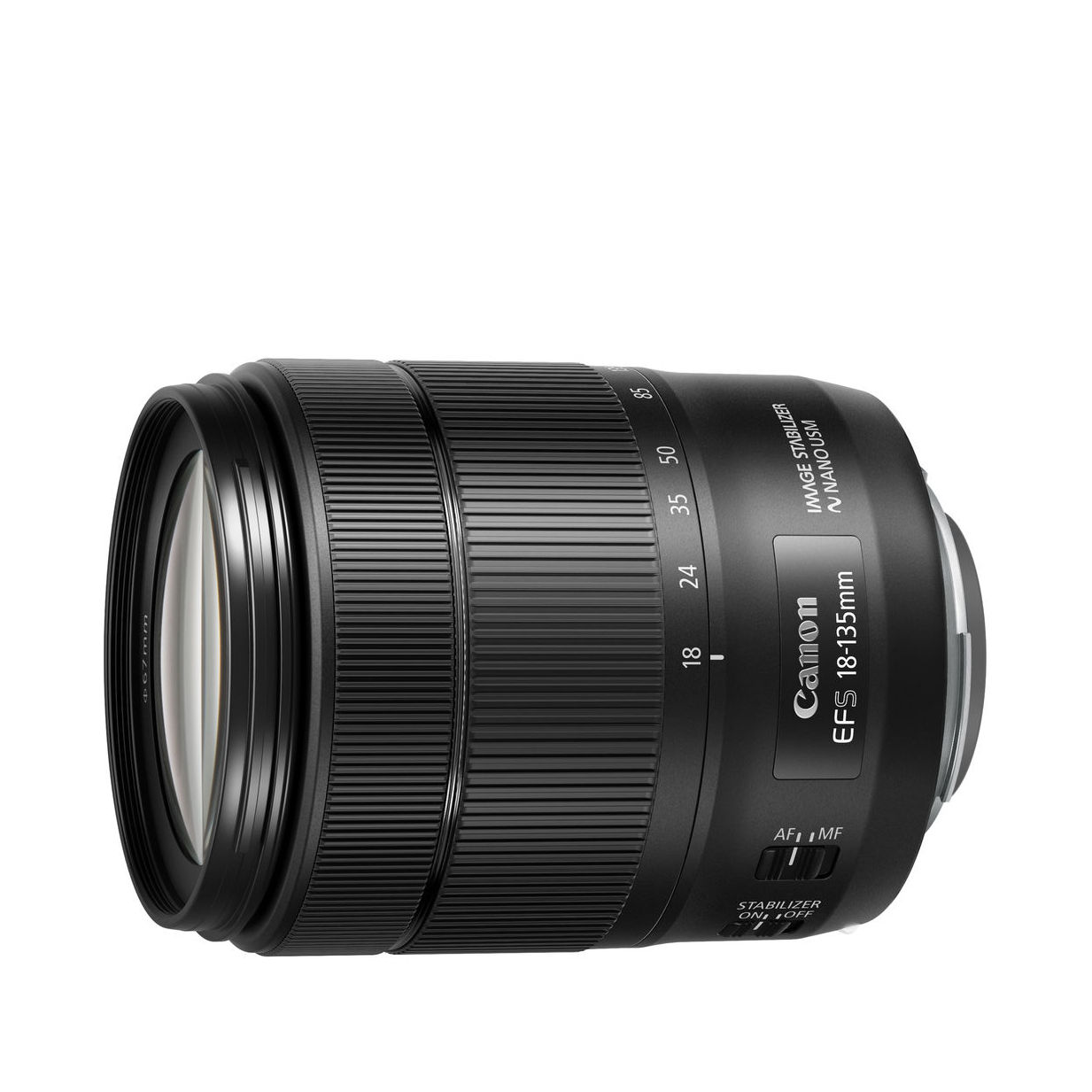
If you can only take one lens with you, this Canon gives you a healthy zoom range that's ideal for travel photography. Read more below…
View the full list ⤵
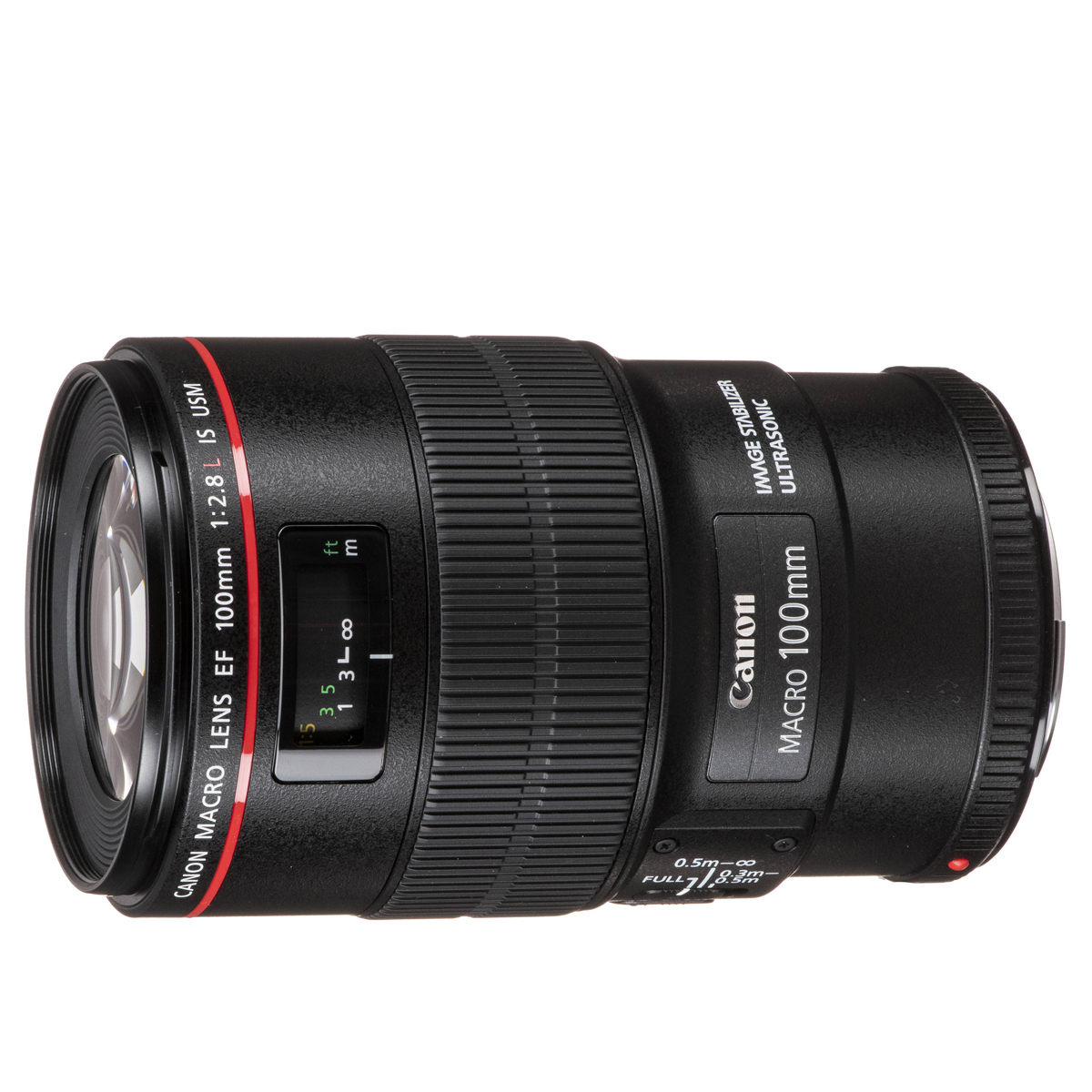
This is Canon’s best macro lens for DSLRs, with lifesize magnification, super-sharp detail and exquisite handling. Read more below…
Best lenses for Canon EOS 90D and 80D
Why you can trust Digital Camera World
Best everyday lens for the 90D and 80D
Specifications
Reasons to buy
Reasons to avoid
The Canon EF-S 17-55mm f/2.8 IS USM is a clear step from the kit lenses on offer when you buy a 90D or 80D. It was launched in 2006 and looks rather dated compared with modern lenses, but it brings pro-level quality to your APS-C DSLR. The biggest benefit is the wide f/2.8 aperture, which is constant through the whole zoom range, and lets you blur the background and shoot in low light.
Read more: Canon EF-S 17-55mm f/2.8 IS USM review
Best wide-angle lens for the 90D and 80D
Specifications
Reasons to buy
Reasons to avoid
Optically brilliant without breaking the bank, this ultra-wide APS-C lens is a killer lens for landscapes, astrophotography, architecture, and environmental portraiture. Though ultra-wides like this tend to suffer less from camera shake blur when shooting at longer exposures, so avoid image stabilization altogether; this lens bucks the trend by whacking on a whopping four stops of IS.
Light in construction and with an equivalent focal length range of 16-28.8mm, it’ll tuck away nicely in a camera bag. The zoom allows for quick recomposition when traveling, where you can’t physically reposition yourself to get the shot. STM focusing provides quiet autofocusing – great when video recording.
Read more: Canon EF-S 10-18mm f/4.5-5.6 IS STM review
Best street photography lens for the 90D and 80D
Specifications
Reasons to buy
Reasons to avoid
As a pancake lens, this 24mm prime is absolutely tiny. One way in which Canon has done this is to use a more mechanical Stepping Motor (STM) autofocusing system: although it’s a little slow and noisy, it works well when shooting.
Oddly, this is the only EF-S prime lens that Canon still produces, which is a shame if prime is your thing. To gather a set of prime lenses, you’ll have to either go for a discontinued lens, opt for a third-party model, or take a step up from the 90D and go full-frame to increase your lens selection from Canon’s line-up. However, at 24mm (equivalent focal length of 38mm on this crop-sensor body) it’s exceedingly versatile – lending itself well to travel photography due to its size, street photography thanks to its fast aperture, and environmental portraiture with its wide field of view.
Read more: Canon EF-S 24mm f/2.8 STM review
Best portrait lens for the 90D and 80D
Specifications
Reasons to buy
Reasons to avoid
Yes, this isn’t strictly an EF-S lens designed for the APS-C EOS 90D, however, it will still work just as well and it’s such a useful lens that we couldn’t omit it from this list. Super sharp, fast focusing is powered by a quiet Stepper Motor (STM) technology meaning it’s suitable for both stills and video recording.
A minimum focusing distance of approximately 35cm makes this fifty very nifty for close-up subjects and detail shots. The fixed 50mm is a general jack-of-all-trades focal length and can shoot most things well, but the 80mm equivalent on the 90D means it’s ideal for portraits. Consider that alongside a fast f/1.8 aperture that oozes charm when shot wide open, and you have a recipe for magical-looking images.
Read more: Canon EF 50mm f/1.8 STM review
Best telephoto lens for the 90D and 80D
Specifications
Reasons to buy
Reasons to avoid
With an equivalent focal length range of 112-480mm on the EOS 90D and 80D, as well as other APS-C format Canon DSLRs, this zoom really delivers in terms of reach. It’s an affordable telephoto with good image stabilization, which helps you capture sharp images in dimming light despite the narrowing of the aperture as you zoom in.
I like the little extras on this lens, like the info display with a facility to cycle through different options. The only catch is that the hood is an expensive 'optional' purchase.
Read more: Canon EF 70-300mm f/4-5.6 IS II USM review
Best superzoom lens for the 90D and 80D
Specifications
Reasons to buy
Reasons to avoid
A superzoom combines a wide-angle zoom and a telephoto zoom - making it a popular choice for travel photography and for walkabout shooting. This Canon lens doesn't go overboard on zoom range but I like that it's relatively compact and lightweight, as well as delivering pleasing image quality.
When I tested this lens, I was impressed with its super-fast Nano USM autofocus system, which also enables smooth and virtually silent focus transitions when shooting video. The 4-stop image stabilizer also comes in useful for walkabout shooting, saving the need to carry a tripod.
Read more: Canon EF-S 18-135mm f/3.5-5.6 IS USM review
Best macro lens for the 90D and 80D
Specifications
Reasons to buy
Reasons to avoid
This is a favorite choice for any 90D or 80D owner who needs a macro lens for extreme close-ups. It provides L-series build quality with weather sealing, hybrid optical stabilization, ring-type ultrasonic autofocus and an autofocus limiter switch. Importantly for macro shooting, the focus ring is smooth and precise.
The images the lens produces are the equal of its outstanding build and handling, with impressive detail throughout the aperture range.
Read more: Canon EF 100mm f/2.8L Macro IS USM review
Lab data and comparisons
The graphs below show the comparative performance of the lenses in this guide, based on our in-house lab tests. The Canon EF-S 24mm and EF 100mm Macro primes are winners for sharpness, while the EF-S 10-18mm and EF-S 18-135mm zooms bring up the rear. The same goes for color fringing. The EF-S 24mm and EF 50mm also show some barrel distortion.
Scores for sharpness and color fringing are averaged from data taken across the entire image frame, from the center to the edges and corners, throughout the aperture range. For zoom lenses, the scores are also averaged from data measured at all marked focal lengths, and the same applies to distortion. Bear in mind that these average values don't fully reflect specific areas of performance. For example, a zoom lens might have noticeable barrel and pincushion distortion at its shortest and longest focal lengths respectively, which tends to average out when looking at the data overall. For more detailed graphs of each lens's performance, which give the full picture, check out the graphs in our full standalone lens reviews.
How to choose the best lens for the 90D and 80D
Do all Canon lenses fit the 90D and the 80D?
The 90D and the 80D use the Canon EF-S mount, which accepts two types of lens: EF-S and EF.
EF-S lenses are tailor-made for the EF-S mount, and are the best choices for most 90D and 80D owners in most shooting situations.
EF lenses are designed for use with full-frame Canon DSLRs rather than APS-C DSLRs like the 90D and 80D. They operate perfectly well, but are usually heavier and more expensive than their EF-S equivalents.
The 90 and the 80D can’t use Canon RF or EF-M lenses, which are designed for mirrorless Canon cameras.
If you later upgrade to a Canon R-series mirrorless camera, you can continue to use your EF and EF-S lenses on your new camera if you buy a Canon Mount Adapter EF-EOS R. An EF-S lens on a full-frame R-series camera with adapter produces a cropped image, so this isn’t a combination we’d recommend.
How do I know which lens to get for my 90D or 80D?
The reason there are so many types of lens in the first place is that different scenes demand different lens designs, particularly when it comes to focal length and aperture rating.
Usually, you will decide what you want to photograph, then get a lens with the focal length that suits the situation. For example, to shoot landscapes you will need a wide-angle lens, while for sports and wildlife you will need a telephoto.
You can watch this video that explains focal length: it helps you work out what kind of lenses you need for different genres of photography.
How we test lenses
The lens experts in our testing lab run a range of tests under controlled conditions, using the Imatest Master testing suite. Photos of test charts are taken across the range of apertures and zooms (where available), then analyzed for sharpness, distortion and chromatic aberrations.
We use Imatest SFR (spatial frequency response) charts and analysis software to plot lens resolution at the centre of the image frame, corners and mid-point distances, across the range of aperture settings and, with zoom lenses, at four different focal lengths.
There's more to it than just the technical side, though! Beyond the lab, our reviewers test lenses in real-world environments – and sometimes on professional shoots! We work with lenses both indoors and outdoors, in studio conditions and in natural light, with as many different subjects as is possible (or appropriate – there's no point testing a landscape lens' ability to shoot a portrait!).
We take into account everything from handling and ease of use to speed of autofocus and the overall quality of the images produced.
Find out more about how we test and review on Digital Camera World
The best camera deals, reviews, product advice, and unmissable photography news, direct to your inbox!
Jase Parnell-Brookes is an award-winning photographer, educator and writer based in the UK. They won the Gold Prize award in the Nikon Photo Contest 2018/19 and was named Digital Photographer of the Year in 2014. After completing their Masters Jase has spent a good chunk of two decades studying and working in photography and optics shooting and writing all over the world for big-name brands and media outlets. Now the Channel Editor for Cameras and Skywatching at Space.com their speciality is in low light optics and camera systems.
